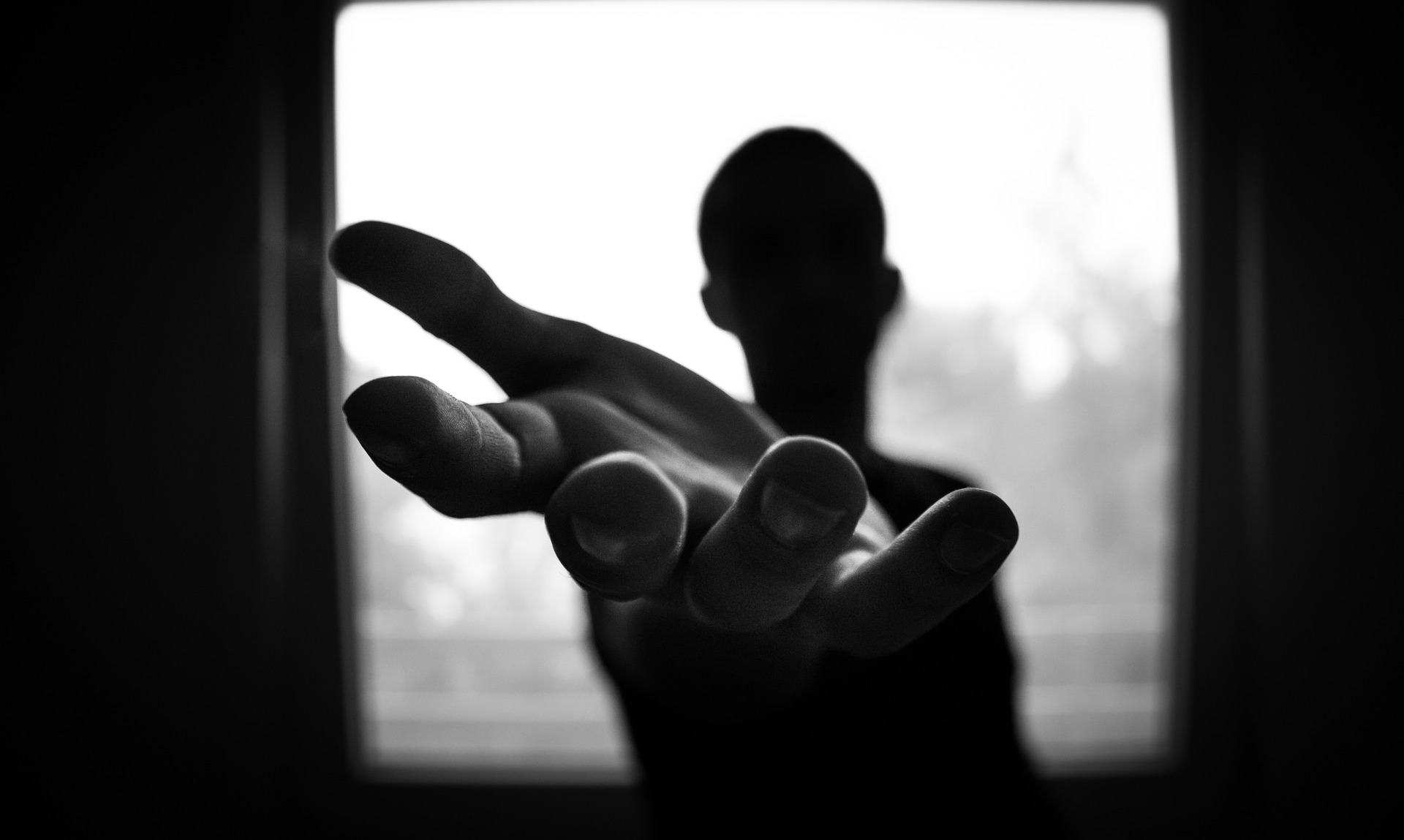
shadow work: turning inwards with self-compassion
What is shadow?
Our shadow is aspects of ourselves that are unacceptable or we cannot tolerate and we have come to split off, reject, suppress, deny or have projected onto others (qv couple relationships) which then often express themselves through legitimate or “illegitimate” complexes or neuroses, likes, dislikes and common prejudices. We will often have found very elaborate reasons to justify what will have become our preferences, beliefs and way of conceptually holding the world and keeping those things we fear at bay. This is ironic, for in actuality we are simply keeping ourselves-or the fullness of what we can become-at bay.
Living caught up in shadow is simply a Case of Mistaken Identity: this is not really who we are.
We are required to own our shadow or be owned by it.
What is shadow work?
Shadow work is the process we use to reintegrate the shadow in order to improve our emotional, cognitive, psychological and spiritual welling that otherwise would have been spent in shadowboxing ourselves and hence others. It is a kind of cleaning out the basement or swamplands; Kabat-Zinn describes it as “bucketing out the pond”-or, to use another metaphor it’s like reverse engineering the situation.
Turning inwards with a certain attitude
There are three very basic and very different attitudes we can take when we meet shadow or difficult, triggering thoughts or feelings. We can
- Turn away from them
- Turn against them
- Turn towards them
Of them all, the most challenging yet most responsive is to turn towards the issues that we find intolerable; it’s a huge call, because, well why would you want to? Simply because by doing so you integrate more of “you” into the overall fullness of your being and live a fuller, more conscious life freer from external constraints; you are more alive and spacious in the way you relate to the world.
But there is a problem.
Who’s afraid of Virginia Wolfe?
Over decades of turning away or turning against ourselves this has left us with an inner critic, a Big Bad Wolf inside that, whilst originally there to protect us, now is freighted with self-doubt, shame, a profound sense of unworthiness and in the extreme, self-loathing. Steve Chapman gives an excellent TED talk about this here http://bit.ly/2hjlw4T
The inner critic keeps us frozen in time, locked into past stories of distress and trauma, often caught up in an advanced and subtle fight or flight, persistently self-attacking, in short believing that there is something wrong with us.
This might then express itself in depression, anxiety, social phobia, addictions or compulsions. Yet our mask, our persona often still smiles away as we prop selves up with medication or distraction. The inner critic becomes over time a kind of inner “Panopticon”-the device popularised by Jeremy Bentham as a way to keep the minimum amount of goalers involved in surveillance towards the maximum number of prisoners; the inner critic keeps us a bitter yet ironic prisoner of our own making; we are involved in a self-surveillance to the extreme.
So, there we are, frozen in time.
Self-compassion: the mighty thaw
If we’re going to meet-turn towards- the parts of ourselves that we’ve disowned we need to do in with self-acceptance, we ned to engage with these parts with kindness and self-compassion.
Accepting ourselves, warts and all, is the task and the work we’ve never been taught (the most important life skills we need are not part of any educational curriculum) yet without self-acceptance and self-compassion our persona, our mask, remains glued tight and our shadow remains in darkness.
But how to meet?
Self-compassion has had, over the years, a difficult press, allied as if can be with flaky self-love, pity, mere sympathy and it appears soft in the face of todays get-on-with-it and get-digital culture. Probably one the clearest descriptions (not verbatim) of compassion is from the Dalai Lama, who said “compassion is recognising the suffering of self and others and having a deep wish to alleviate the same”.
So, there are two aspects to this,
- Recognising suffering
- Wishing to alleviate the same
In their book “Mindful Compassion” Gilbert and Choden call this the two psychologies of compassion, and it is clear that in order to be more compassionate to ourselves we probably have to build up our inner resources, the muscle of compassion.
Compassion flowing in, letting compassionate moments enter your life, reaching out and letting yourself be more compassionate to others, this opens a swinging gate that brings more and more compassion into your life and living.
Loving the alien
The method of meeting of meeting the inner critic is to let it build up in your imagination and meet it with the compassionate part of you, asking it what it needs, befriending it with acceptance and tenderness.
It will return, but after practicing this, it will return with mush less sting; this is seeing through the inner critic, or as the Buddha said “I see you Mara” -speaking of his own shadow.
What was once frozen, slowly is no more; we preparing to meet the shadow.





Write a Comment